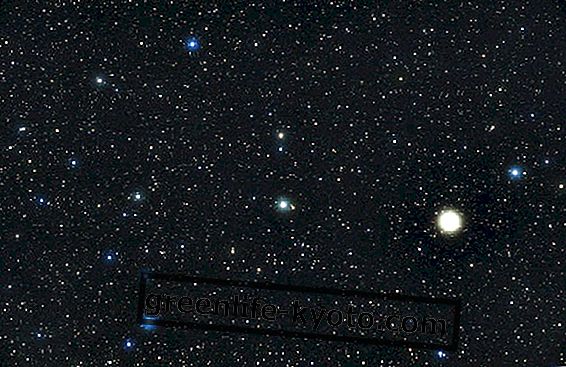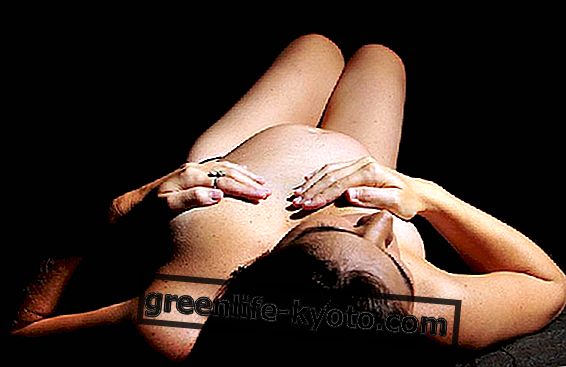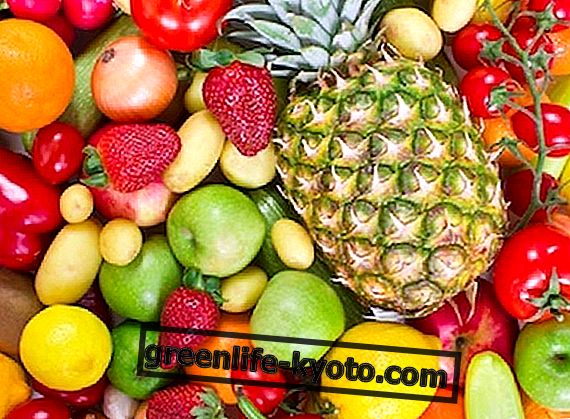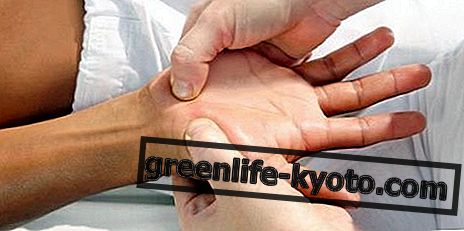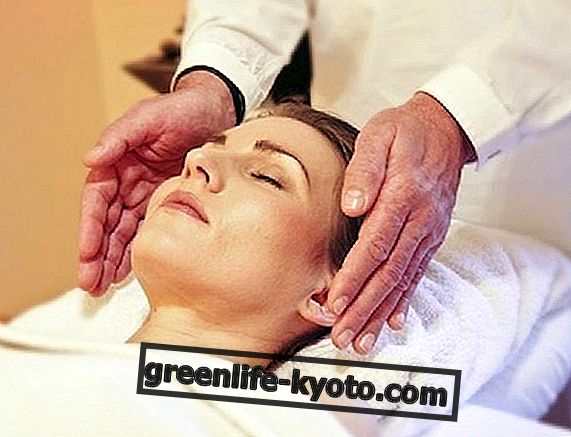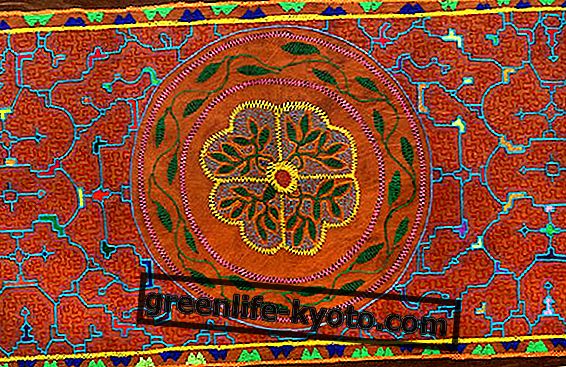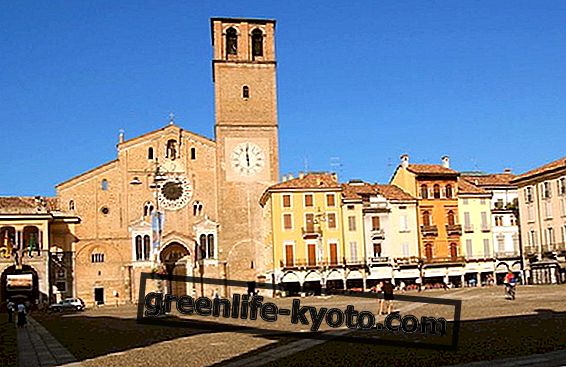
When you go to the Festival of Ethical Photos of Lodi you are sure of one thing: to get back enriched.
Enriched by the new things that are known - silencing the presumption of knowing and being always up to date on everything thanks to the Internet god -, enriched with contrasting emotions, enriched by what in the memory trigger the images, enriched thanks to a walk in historic city, a city that perhaps, yes, lives quietly, but that for the occasion dresses again and does not forget its strength, reviving old churches, enhancing its ancient palaces, alleys and literary cafes. And you go to Lodi also with the curiosity of the amateur photo shooter and with the love for true storytellers and reviews that make you talk about yourself.
Also this seventh edition of the young Festival, including a well-heeled twelve of fur fur clad ladies and military green boys with the ear dilator, has seen people pass by. Wrist bracelet, therefore, ready to follow, in retrospect, images and stories.
The peoples review
The first exhibition nucleus
We start from the center, from Piazza della Vittoria and Piazza del Broletto, and from here we continue to Corso Umberto, where the first three places of the Festival are located: the Laudense Library and the two former churches of San Cristoforo and dell'Angelo . In the first one there is a special Spazio Ong centered on the guardians of the forest, which tells the story of the threatened Yanomami tribe of Venezuela and Brazil by the voice of Survival International and by Claudia Andujar . Impressive is always the reference to another current, that which is observed in the first great deconsecrated church: the terrible standard of life of Norilsk, a town on the edge of the Russian Arctic circle, located in the Krasnoyarsk Territory, in northern Siberia.
Here is just the photographer Elena Chernyshova who with "Days of Night" and her views leaves us speechless. The other authors, who narrate stories of Indians in the American reserves of Saint Denis, the Suburbia of Paris in the United States, and to finish again refer to the KuKlux Klan of a ridiculous and inexplicable America are no less important.
The second exhibition core
It winds between the historical archive and the Collegio San Francesco, where one travels in Lebanon with the photographer Laura Aggio Caldon, following the million Syrian refugees, mostly children, often exploited in child labor. At the college we are always in Russia, this time with the photographer Dmitrij Leltschuk, who tells us about the people of Komi and its living conditions, threatened by oil, who live among new drilling and oil pipelines and abandoned wells in the northern part of Russia.
The third exhibition core
The third and final final unit is the one that goes down towards the Vittorio Emanuele and Corso Roma courses, at Palazzo Modignani and Palazzo Barni. In the first we discover the "fabulous" world of tax havens and the other side of American politics: "Yes, using my camera to break through this staging and unveil the stark ambition for power ", following the words of the same photographer Mark Peterson .
The gaze then moves on to the moving and strong works of Wenmann and Liohn that speak of the new sleep, not at all restorative, of the children who survived the bombings in Sir ia, the first, and of the city of Revogo, in Brazil, with all its load of violence.
At Palazzo Barni we find the photo illustrating this festival from the cover in the work of Sadegh Souri, "Waiting girls", which tells of women's prison segregation in Iran . Here also the works of Daniels, Comello, Arcenillas, El Maktafi and Liveran i ranging from the hard life and work conditions in the Central African Republic, to the violence of the Honduran society, to hyper-Catholic Russia and to that of representative anniversaries and the military parades, up to the Ainu people, freed after hundreds of years by forced Japanization.
Last, but if you have the time, not to be missed, the dense network of collateral exhibitions has given, scattered among literary cafes, bars and bookshops, emotions traveling from Berlin to Belfast, from Laos to Bangladesh, touching on themes always agenda as the condition of the planet, the situation of women today, sport and disabilities.

